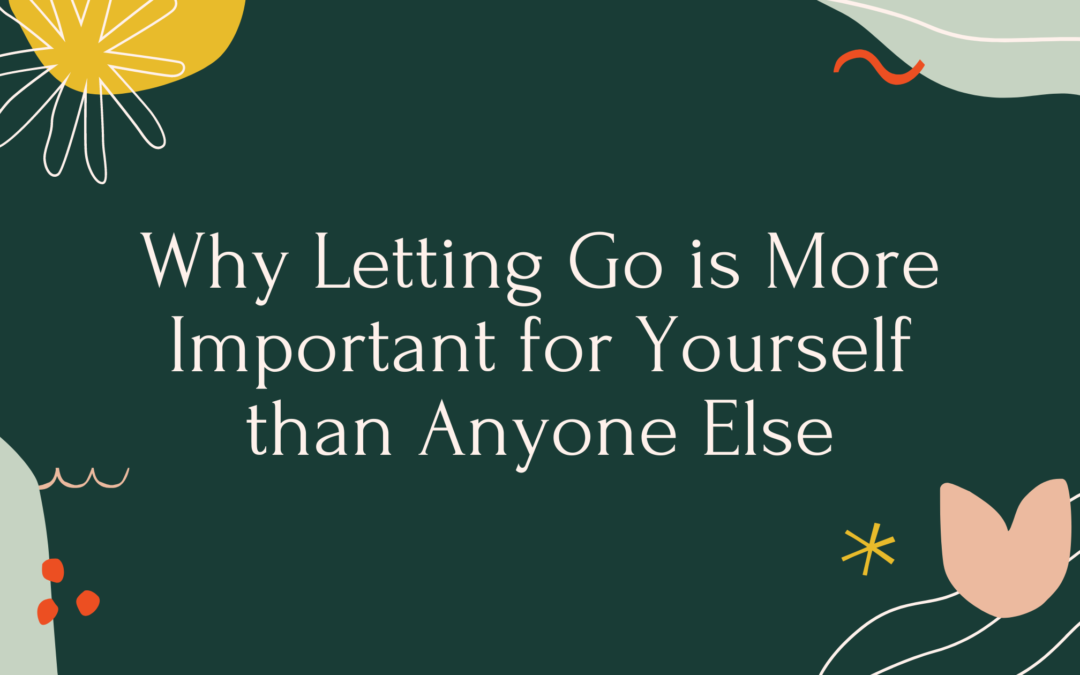
Get Started on Your Goals with the 5 Minute Rule
Are you the type of person that has a hard time getting started on new projects? Do you struggle to start studying for your next big test or begin working on your next assignment?
Before we get to solving this issue, there’s one thing we should remember. The best way to make progress is one step at a time. Think micro not macro when it comes to executing, and you’ll see that the small actions matter most. Progress isn’t derived from any single bold move; instead it’s made in tiny increments every day with consistency until we reach our goal.
In the words of James Clear,
“When making plans, think big. When making progress, think small.”
Long-term big goals are important because they keep us motivated and moving in the right direction. But when it comes to achieving them, small consistent actions can help us more than occasional bursts of energy.
This is where the five minute rule applies. Even if we want to make progress on our goals, it’s easy to get discouraged when we feel like the task will take a long time.
So what exactly is the 5-minute rule?
The 5-minute rule is a technique for procrastination in which you set a goal of doing whatever it is you would otherwise avoid, but only do it for five minutes. If after five minutes it’s so horrible that you have to stop, you are free to do so.
However, after starting most people feel that it’s easier to continue doing it and get it done rather than stopping, and end up continuing their goal.
On the other hand, if you choose to stop after five minutes you’ll have still made some progress.
So it’s a win-win situation.
I kinda like to take it up a notch and modify this a bit.
Every time there’s something we don’t wanna do, we try to avoid it. But the more we avoid it, the more it keeps on lingering in the back of our minds.
So every time the task I’m avoiding pops up in my head, I apply the 5-minute rule. By the end of it, I either decide to sit down and complete it or pat myself on the back for the little progress I’ve made and continue with my work.
Both ways, I would have moved forward.
The technique works because the rule is a great way to get yourself into the habit of doing things you are avoiding, but without any pressure or obligation. You might start with something small and manageable without feeling overwhelmed.
5 minutes of work is so ridiculously easy that it’s almost pathetic. It’s so simple that you’re not going to be able to talk yourself out of it. It’ll take you more effort to convince yourself not to do it than actually doing the task.
This rule’s working also has something to do with why we procrastinate. We don’t procrastinate because we’re lazy. It’s more because we avoid work when we fear that we might not be able to complete it or accomplish it. When our goal is something as small as a 5 minute chunk, things seem more approachable.
The idea that we can use small actions to overcome our big goals is a great way of getting anything done.
Everything you want in life starts with taking action, no matter what size the task may be.
Bottom line
The 5-minute rule is a technique where you set a goal of doing something that you would otherwise avoid, but only do it for five minutes. After that you can continue if you wish to or stop doing the activity if you don’t feel like it. Either way you would have made progress.




